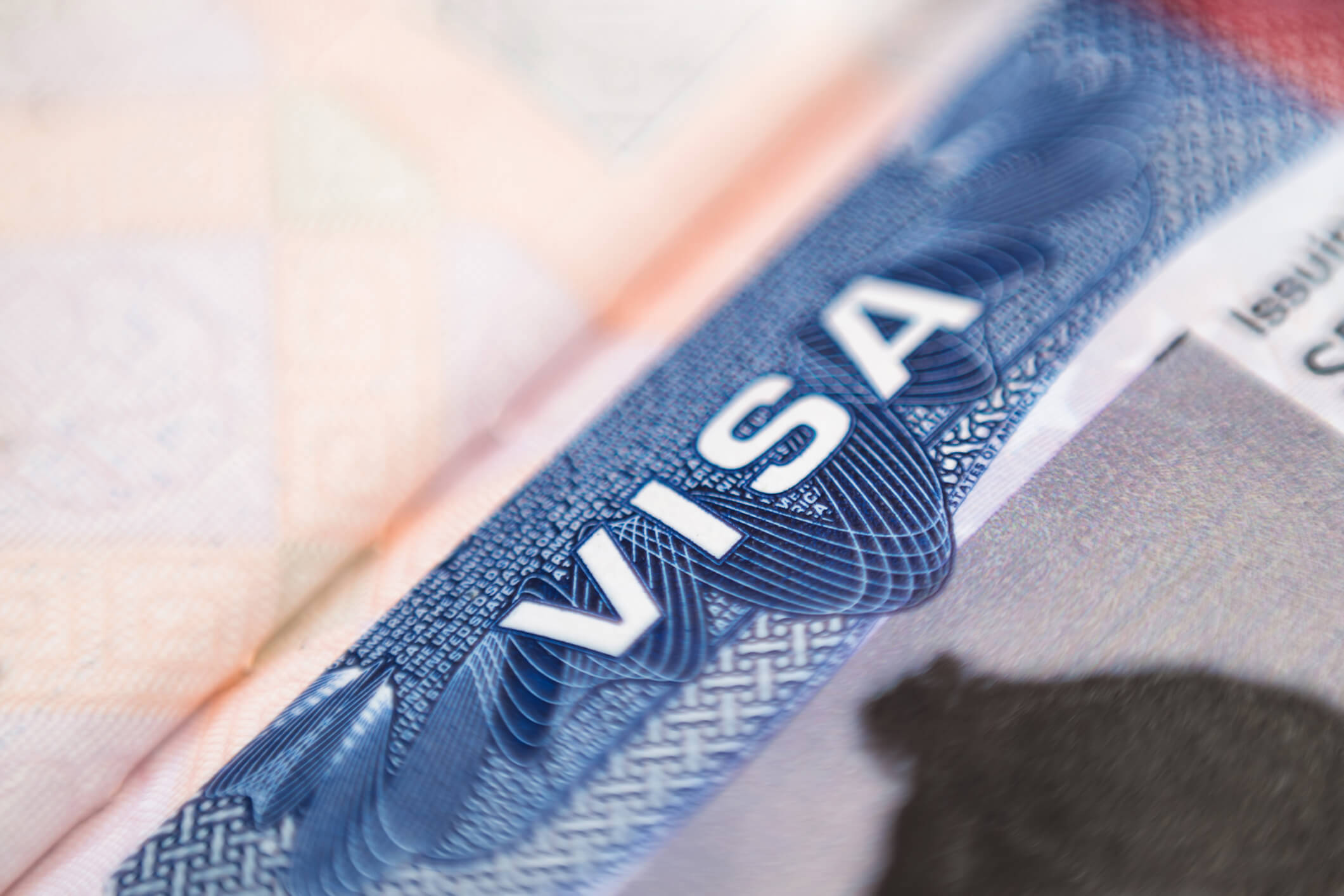The pattern of increased worksite enforcement by the Department of Homeland Security’s Immigration and Customs Enforcement (ICE), which started in April 2009, shows no sign of slowing down. As noted in our September 20, 2010 special issue of the Immigration eAuthority, the latest in a series of audit “blitzes” was commenced on September 15. More than 500 employers from across the country were targeted to receive Form I-9 Notices of Inspection (NOIs), the letter that marks the start of an ICE I-9 audit.
The increase in I-9 audits should come as little surprise to employers. In its April 30, 2009 press release, ICE made it clear that the agency’s new enforcement strategy would be to focus its resources on the auditing and investigation of employers suspected of cultivating illegal workplaces by knowingly employing illegal workers. After that announcement, there have been three major rounds of audits: (1) a reported 652 audits in June 2009; (2) 1,000+ NOIs, which were issued in November 2009; and (3) another round of 180 NOIs, which were issued in five southern states on March 2, 2010.
In light of the substantial increase in the number of I-9 audits, a summary of the audit process might be instructive.
- Who gets audited? Any business can be the subject of an I-9 audit.
- How is an audit started? Employers will receive a Notice of Inspection (NOI) subpoena requesting certain documents and possibly a personal appearance by a company representative. ICE must provide employers with at least three days to provide the documentation (unless a warrant or court order is provided, typically as a part of a criminal investigation, that requires document production in less time).
- What should an employer do if it receives an NOI? Contact counsel; assemble documents; make corrections as time permits.
- What is the potential liability? Most audits are likely to result in employer fines of $110 to $1,100 per I-9 for improper completion of I-9 forms (e.g., failure to timely complete Sections 1 or 2, failure of the employer to sign Section 2, or employer acceptance of improper documents).
- What about criminal sanctions? The U.S. Attorney’s Office may become involved to initiate criminal proceedings (e.g., for harboring illegal aliens, for assisting with securing fraudulent documents, or for a variety of other violations).
As we have noted on numerous occasions, employers that have not yet been audited have time to take some simple steps to reduce potential liability and the bad press that can result from an I-9 audit. Reviewing I-9 policies, training persons responsible for I-9 completion, and conducting a self-audit of I-9 records are but a few of the steps an employer should consider. Completing these steps is likely to reduce potential fines and the chances of other sanctions being imposed should your company be the subject of an ICE I-9 audit.




